Introduction
In 2016 we considered Xylorhiza orcuttii a rare plant, as in a low number of plants.
Hiking with Keir Morse who was counting X. orcuttii in 2016 and Tom Chester gave us the push to do the same, it shouldn’t be to hard as it was a rare not too common plant.
Not realizing X. orcuttii are far more abundant than we ever imagined.
The good thing X. orcuttii lives were we like to hike, the dry badland like areas in and around the Anza Borrego Desert.
We ended up with endlessly winding washes with hundreds if not thousands of plants.
That’s a lot of hiking going left and right in a wash and pressing a button for every plant we encountered.
Now we know rare isn’t about the abundance, but in this case a limited area.
Distribution
There are two separate areas where X. orcuttii live:
1 Borrego Badlands (≈4400 plants)
2 Fish Creek (≈6300 plants*)
* The number of plants in the inaccessible Carrizo Impact Area, east of the Fish Creek area is unknown.
Elevation: (0) 90 – 500 (628) meter.
Physically somewhat connected by the Fish Creek and Carrizo Wash.
The area in between is the Ocotillo Wells SVRA an off-road area.
Off road traffic tends to kill off most germination.
And part is a flat sand area with almost no plant life of any kind.
The areas have a similar geographic history as sea/river bed.
Filled with more narrow washes, the favorite environment of X. orcuttii.
Plants are found at an elevation of 0 – 628 meters
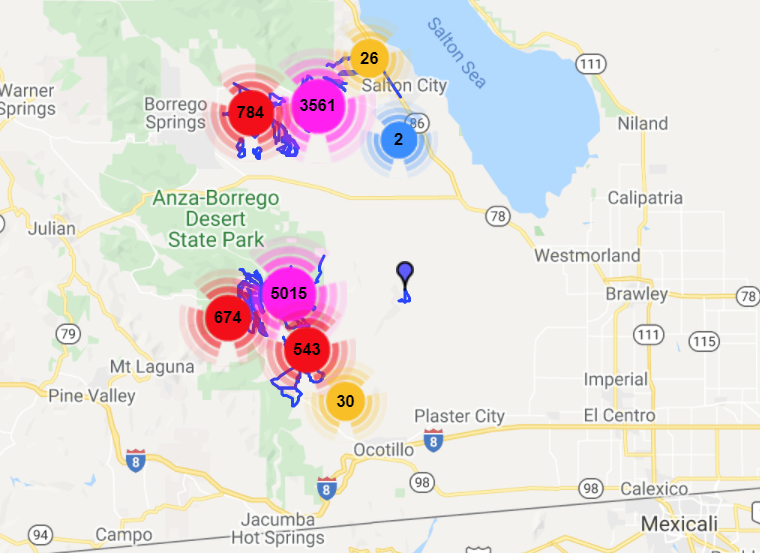
The ID
In bloom X. orcuttii can be a very showy plant, easy to identify.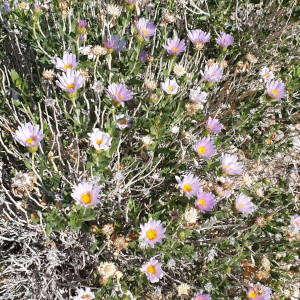
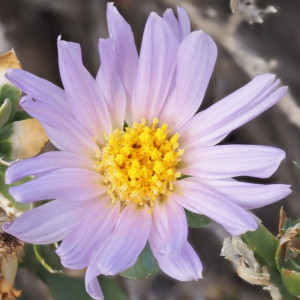
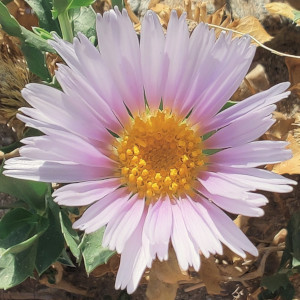

Big showy flowers
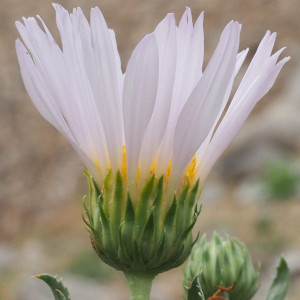
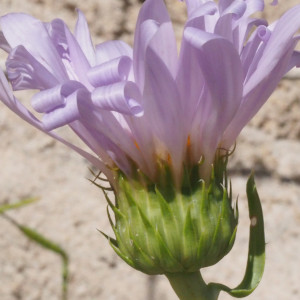
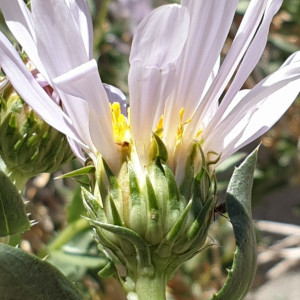
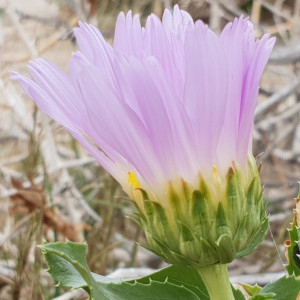
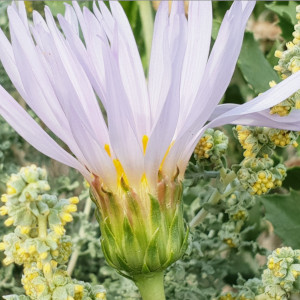
 Phyllaries generally tightly appressed to somewhat loosely appressed.
Phyllaries generally tightly appressed to somewhat loosely appressed.
Phyllaries ± glabrous (not glandular)

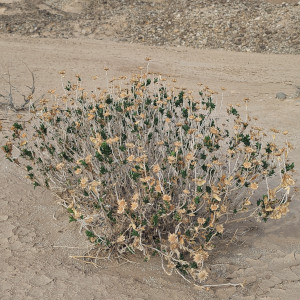
Most of the time the plants are in a dormant state.
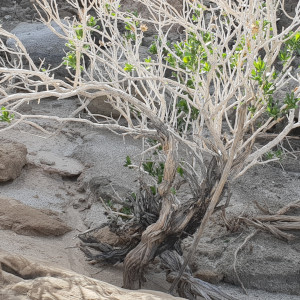

Roots strong enough to withstand a meters high flash flood.
Habitat, where they live
The typical habitat of X. orcuttii close or in:
- Sandy washes .
- Sand/Mud-stone washes *.
- Loosely compacted crushed granitic rock * **.
* Plants grow further out of the wash. E.g. the plant at the Fish Creek Anticline.
** Probably caused by a moving fault line. Only in one grove close to Canebrake.
Generally washes not too wide, a wider wash doesn’t carry the amount of water needed.
Better conditions:
- In higher walled washes, that result in less sunlight.
- A mix of rocks and small boulders in a wash, resulting in a better foothold and protection to withstand a flash flood.